Embrace the earthy elegance of Wabi Sabi color palettes, where muted tones and natural hues create spaces that exude warmth and authenticity. This article explores the art of color selection inspired by nature’s beauty and the imperfections of the world around us. From soft neutrals to rich earth tones, discover how to infuse your surroundings with the timeless charm of Wabi Sabi, inviting you to find beauty in the simplicity of everyday life.





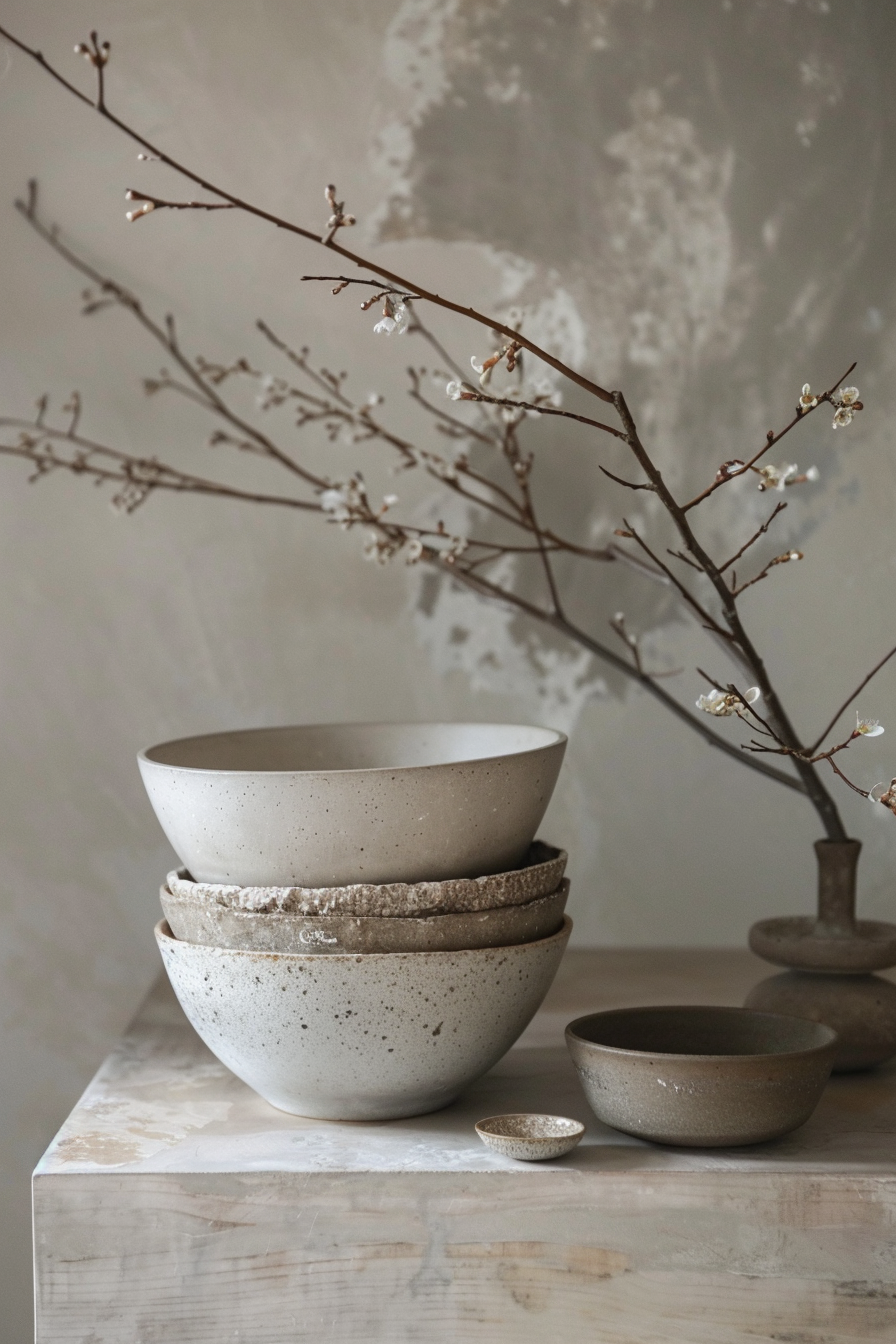










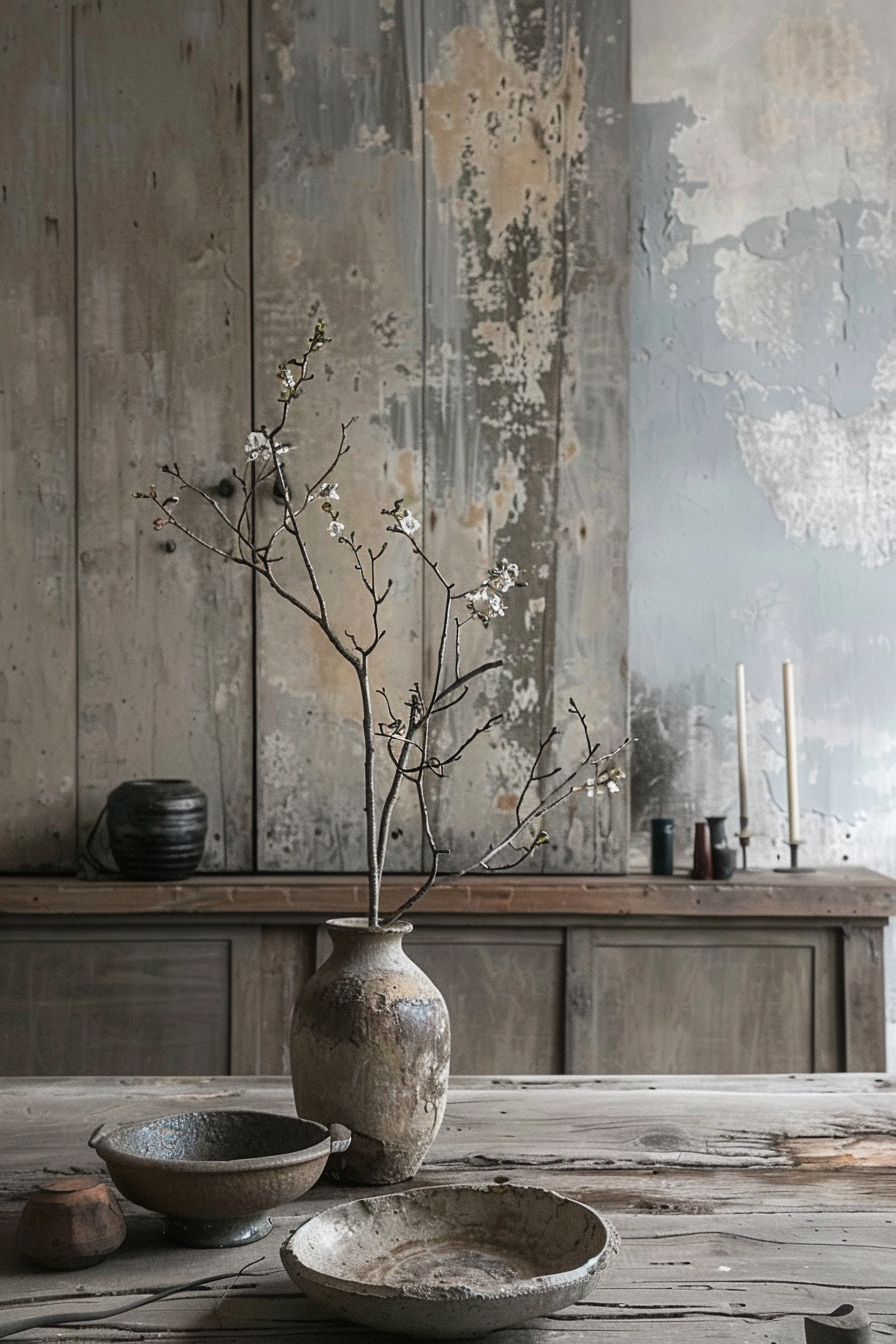


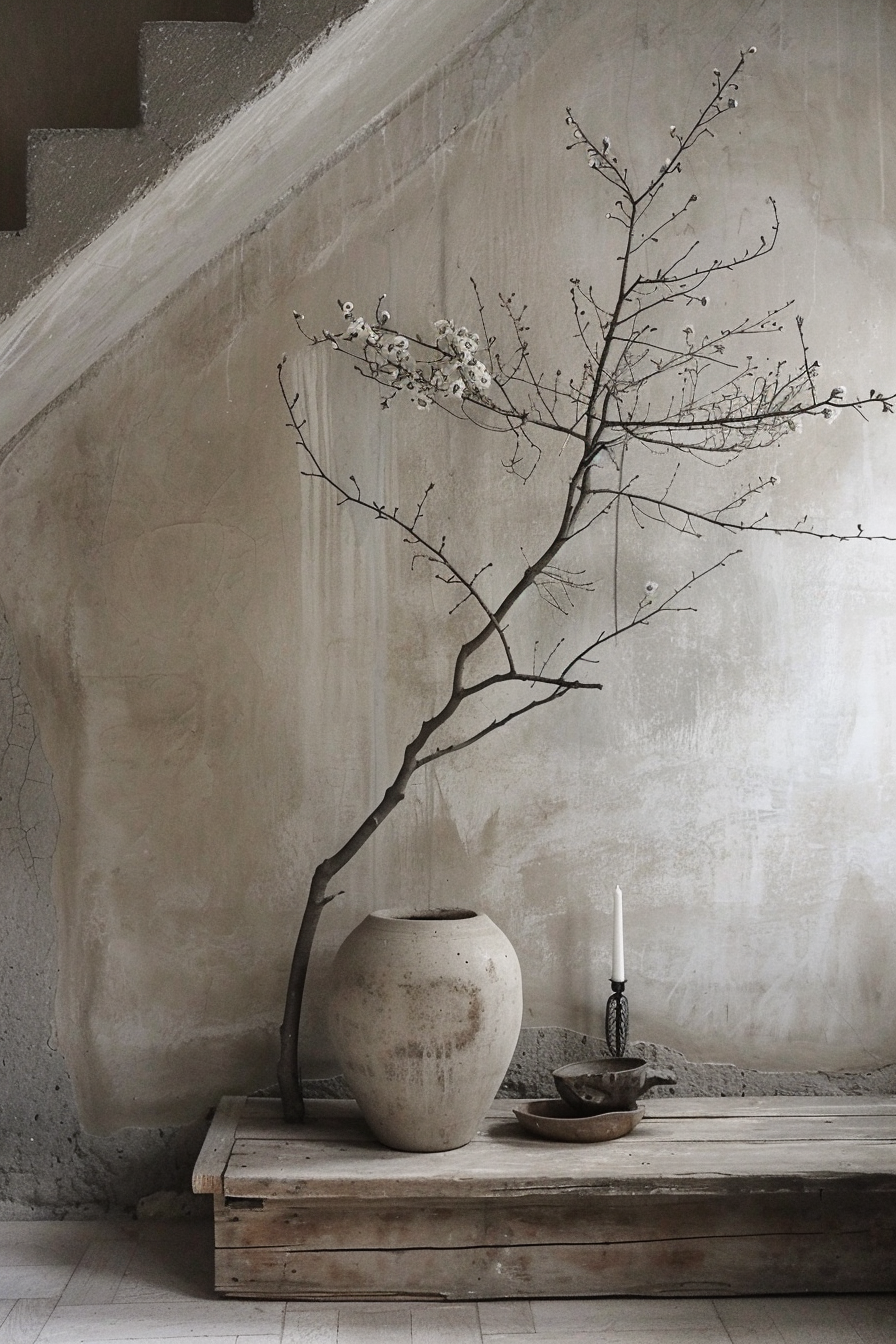





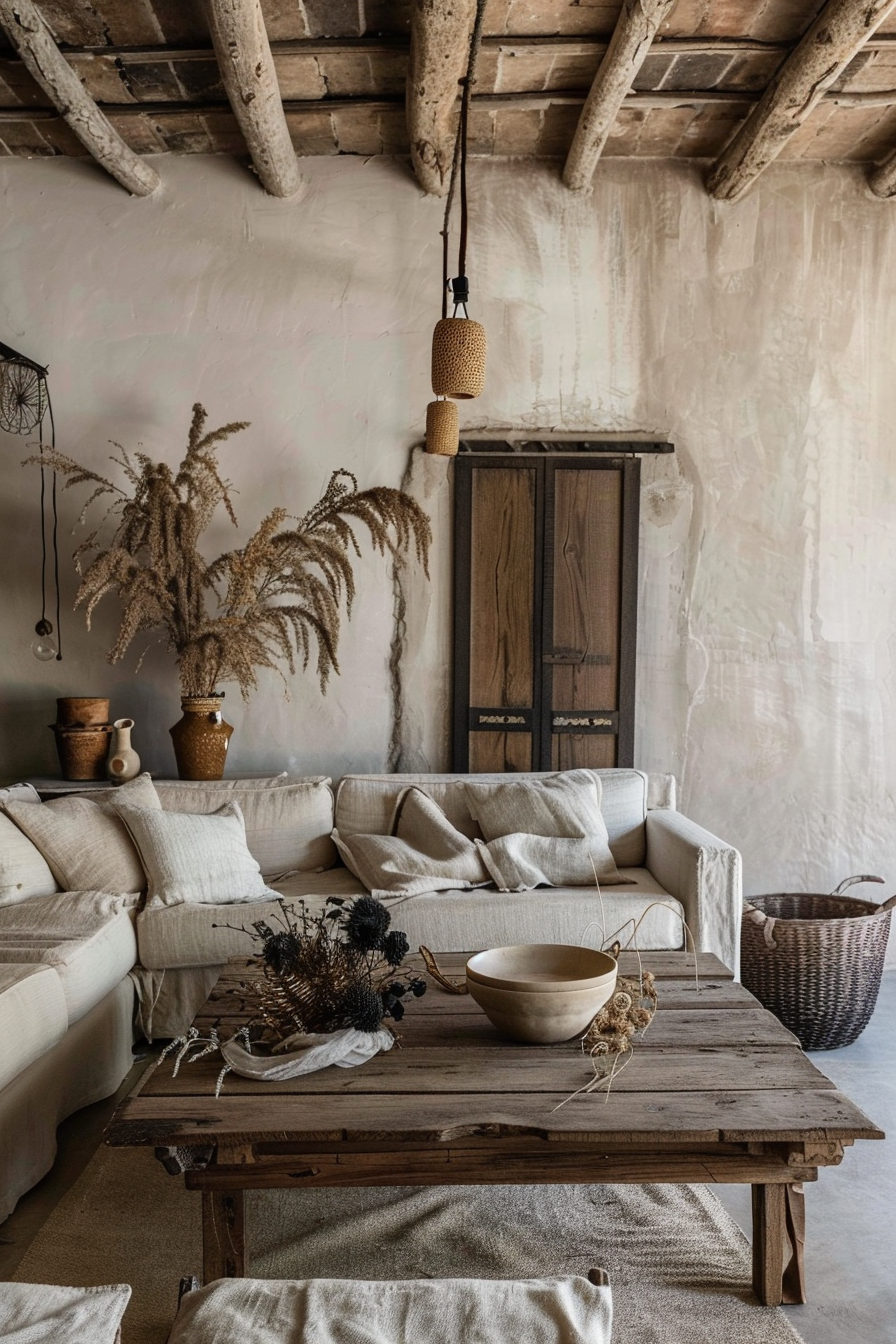

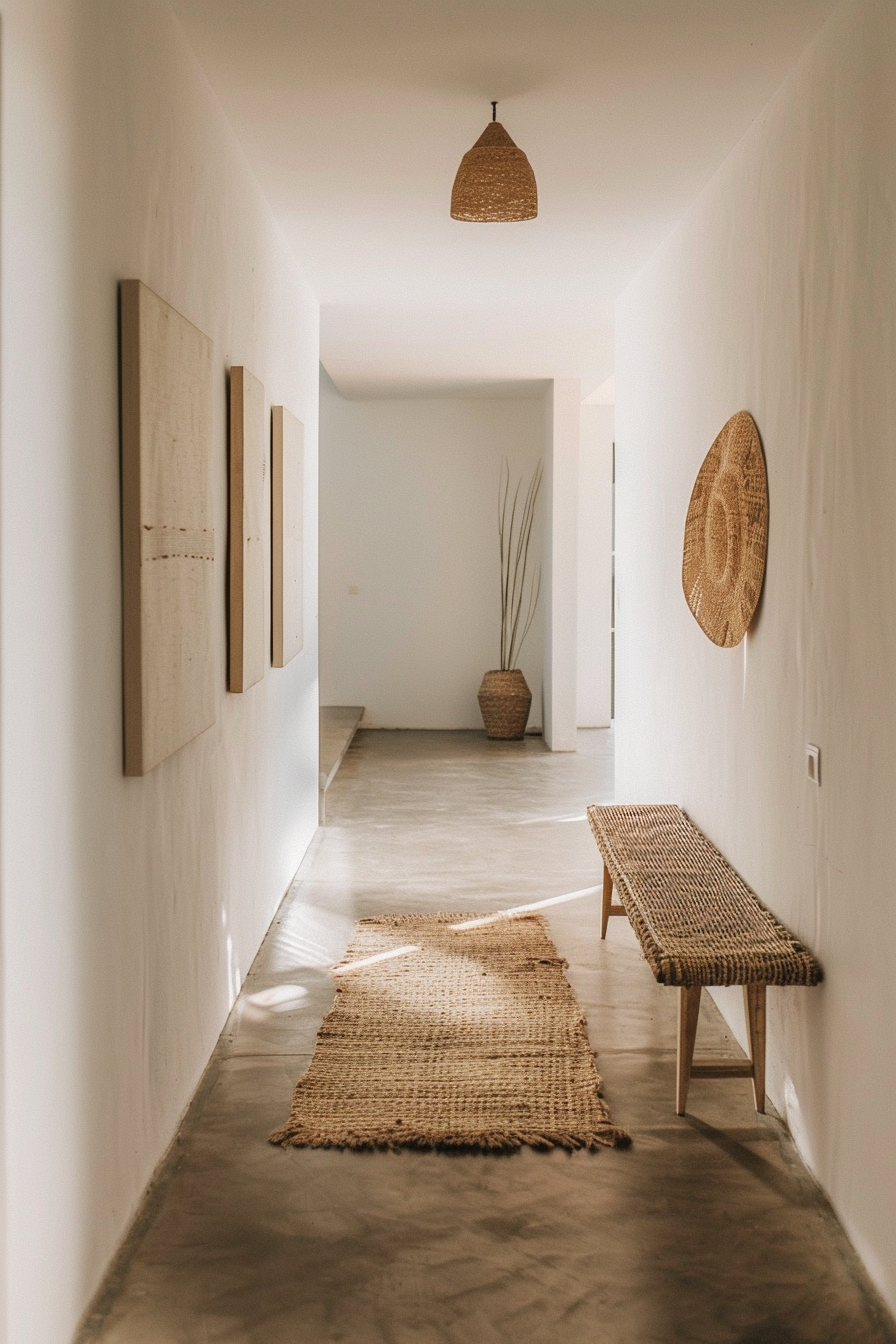




























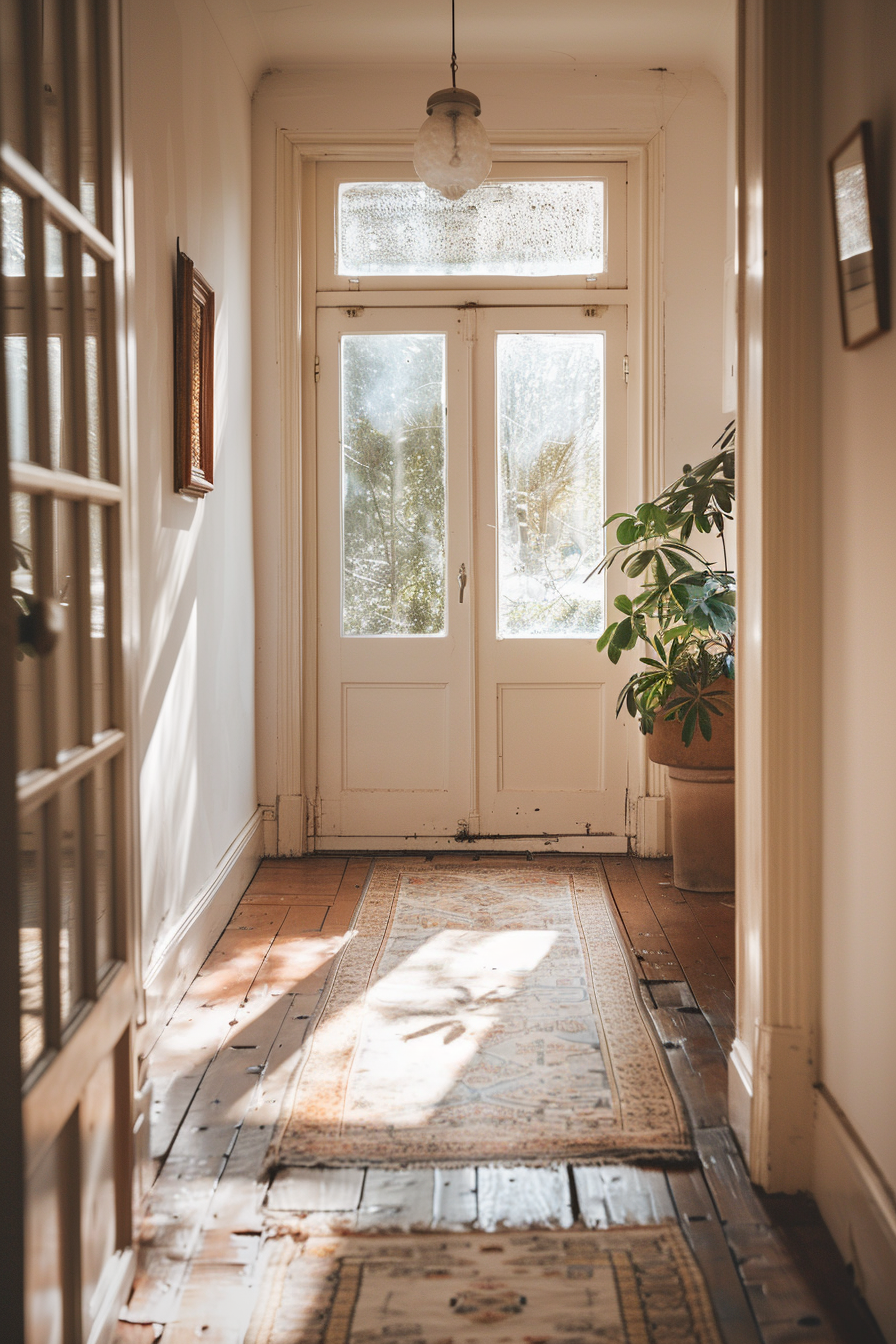





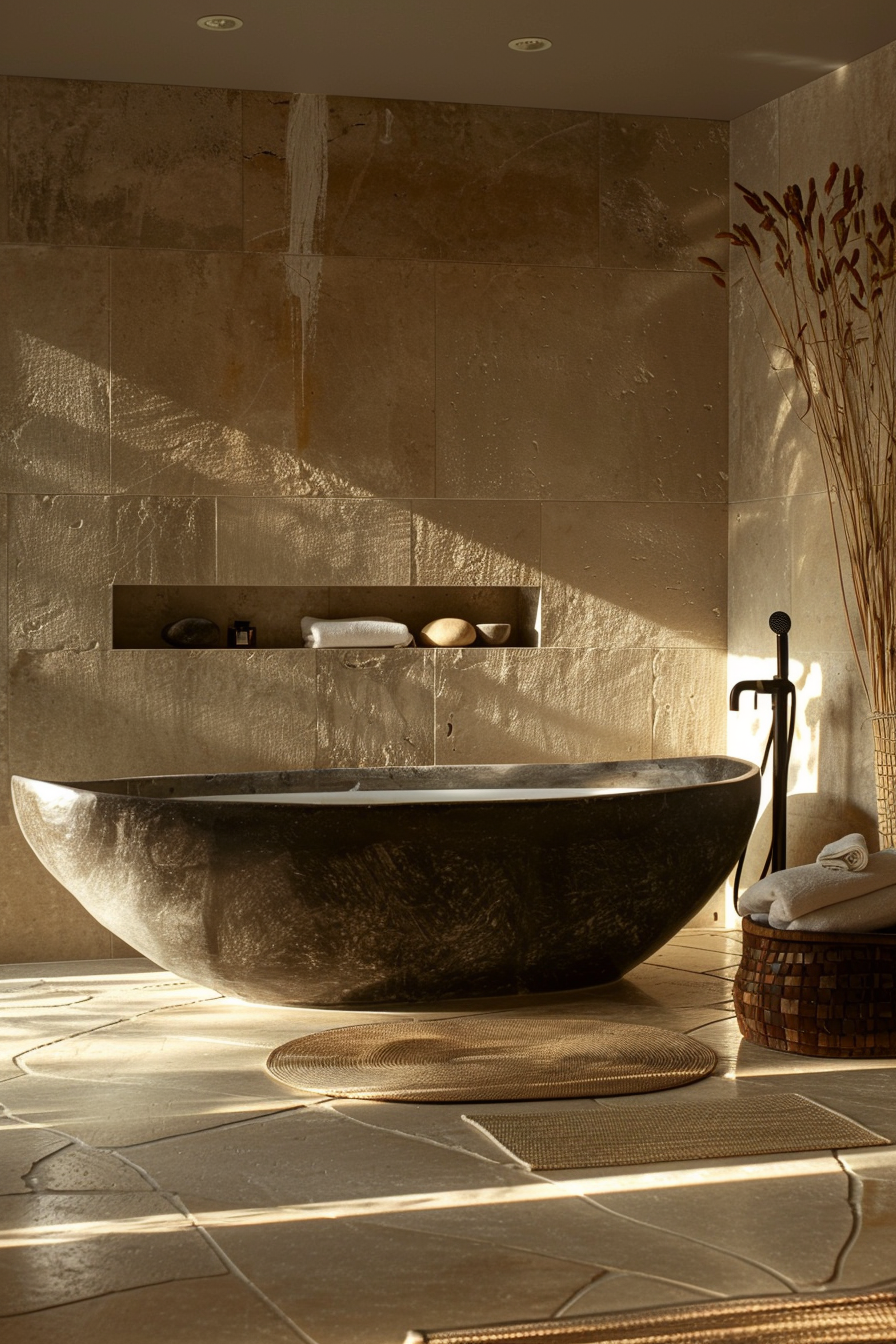






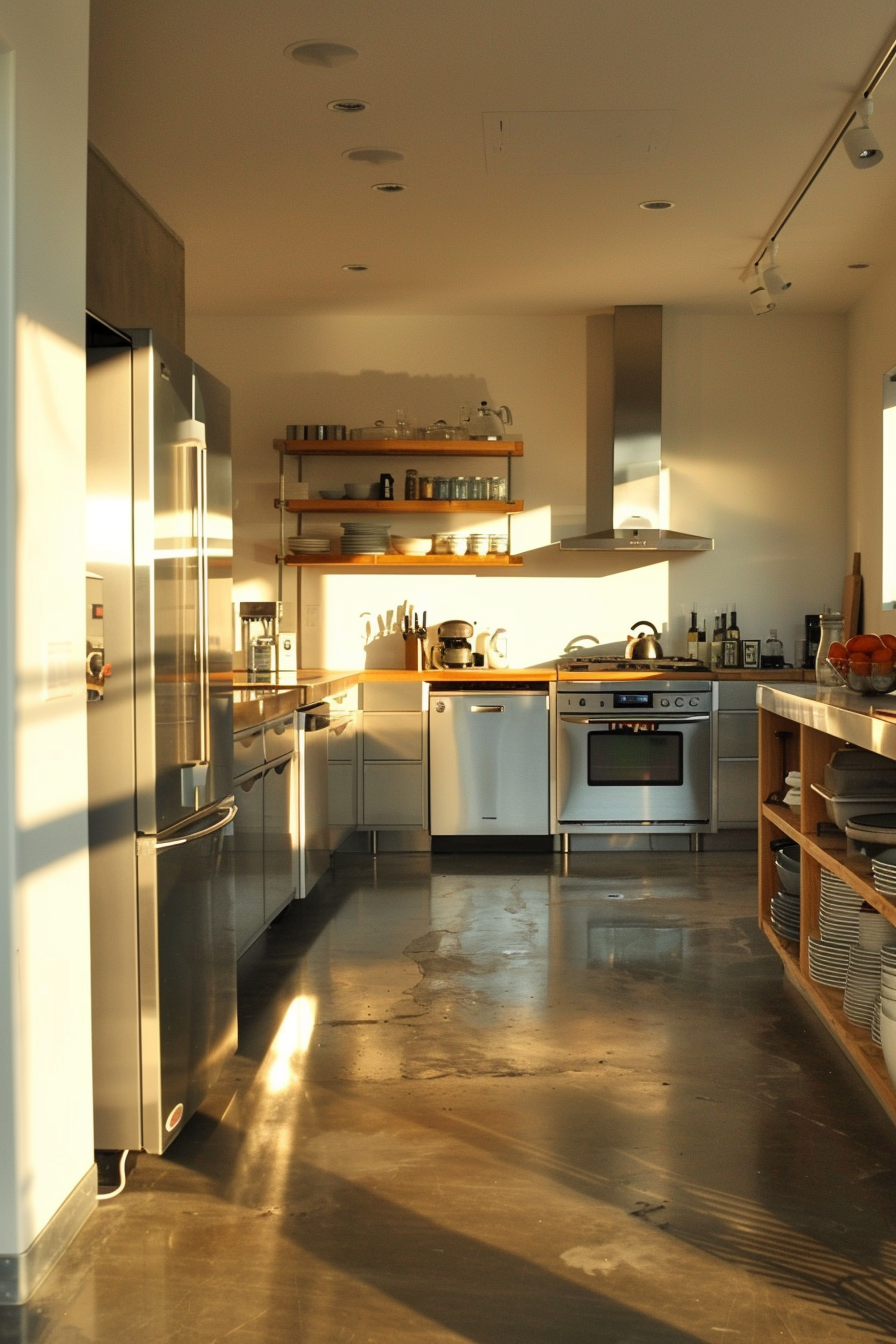



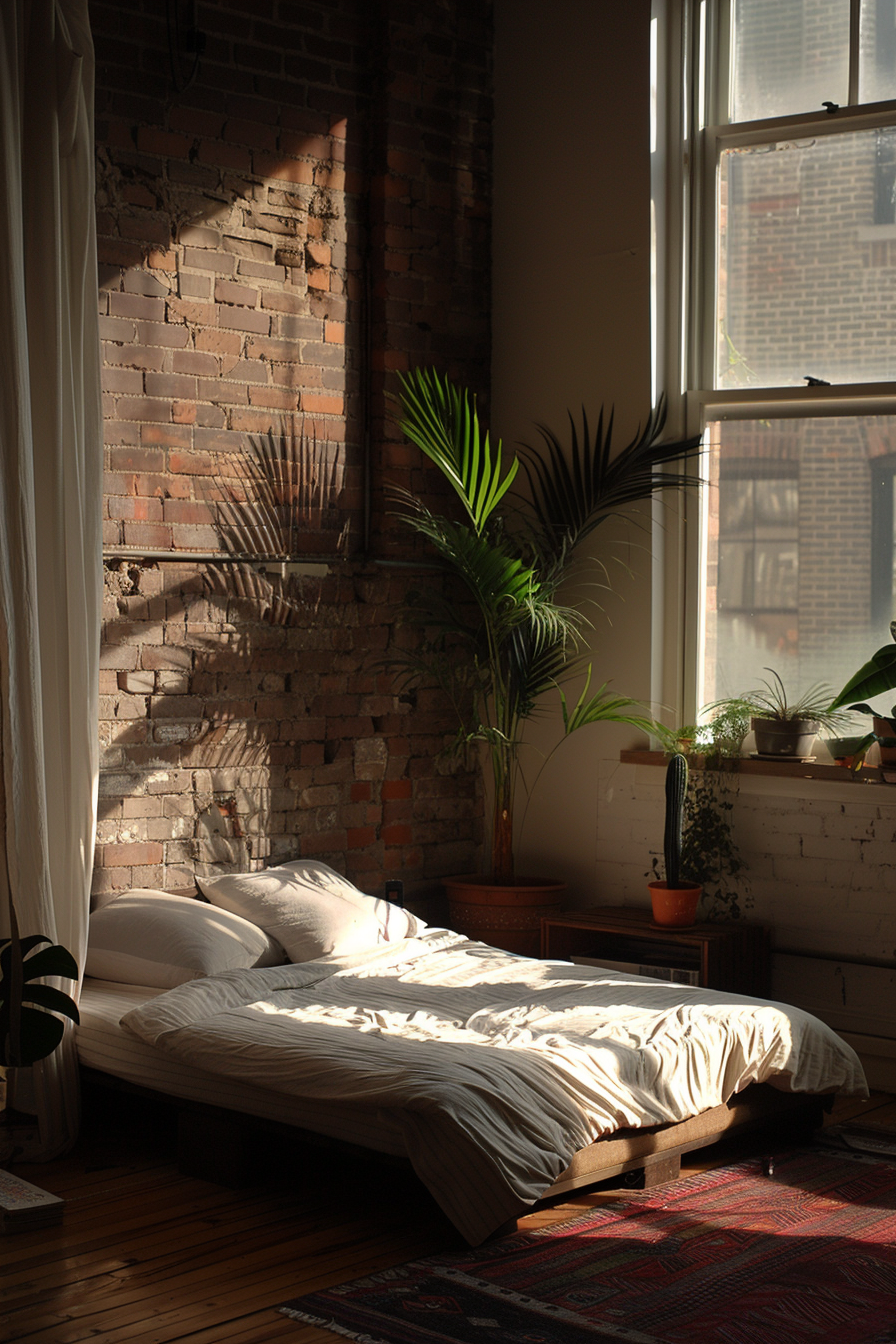












Follow Quiet Minimal on Pinterest for more home design tips and inspiration.


